Caviar, the delicacy made from the salt-cured roe of various species of fish, has a long and storied history. The origins of caviar can be traced back to ancient times, with evidence of its consumption dating back to at least the 4th century BC. It was highly prized by the ancient Greeks and Romans, who considered it a luxury food reserved for the elite.
The significance of caviar varies across different cultures. In Russia, caviar has long been associated with wealth and opulence. It was a favorite delicacy of the Russian tsars and was often served at lavish banquets. In Iran, caviar holds cultural and religious significance. It is considered a symbol of fertility and is often served at weddings and other special occasions.
Key Takeaways
- Caviar has a rich history and cultural significance as a luxury food item.
- There are different types of caviar, ranging from the expensive Beluga to the more affordable Sevruga.
- Tasting caviar requires a certain technique and appreciation for its unique flavor and texture.
- Caviar is a good source of nutrients and has potential health benefits, such as improving heart health and brain function.
- Efforts are being made to protect endangered sturgeon species and promote sustainable caviar production.
The Different Types of Caviar: From Beluga to Sevruga
There are several different types of caviar, each with its own unique characteristics and flavor profiles. The most well-known and sought-after type of caviar is Beluga caviar, which comes from the Beluga sturgeon found in the Caspian Sea. Beluga caviar is known for its large, glossy black eggs and buttery flavor.
Another popular type of caviar is Osetra caviar, which comes from the Osetra sturgeon. Osetra caviar is characterized by its medium-sized eggs and nutty flavor. Sevruga caviar, on the other hand, comes from the Sevruga sturgeon and has small, grayish eggs with a slightly salty taste.
The Art of Caviar Tasting: Tips and Techniques for Enjoying this Delicacy
Tasting caviar is an art form in itself, and there are certain techniques that can enhance the experience. First and foremost, caviar should be served chilled but not frozen, as extreme temperatures can dull the flavor. It is best enjoyed with a mother-of-pearl spoon, as metal utensils can alter the taste.
To properly taste caviar, take a small amount and place it on the tongue. Allow the eggs to gently burst, releasing their flavors. Take note of the texture, which can range from creamy to firm, and the flavor profile, which can be buttery, nutty, or slightly salty.
When it comes to pairing caviar with other foods and beverages, simplicity is key. Caviar is best enjoyed on its own or with simple accompaniments such as blinis or toast points. It pairs well with champagne or vodka, as the effervescence and clean flavors of these beverages complement the richness of the caviar.
The Health Benefits of Caviar: Nutritional Value and Medical Properties
| Health Benefit | Nutritional Value | Medical Properties |
|---|---|---|
| Rich in Omega-3 Fatty Acids | 1 serving (28g) contains 108% of daily recommended intake | Reduces inflammation, lowers risk of heart disease and stroke |
| High in Protein | 1 serving (28g) contains 22g of protein | Helps build and repair tissues, boosts metabolism |
| Source of Vitamins and Minerals | Contains vitamins A, E, B6, B12, and minerals such as iron, magnesium, and selenium | Supports immune system, promotes healthy skin and hair, aids in digestion |
| May Improve Brain Function | Rich in choline, a nutrient important for brain health | May improve memory and cognitive function |
| May Reduce Risk of Depression | Contains high levels of vitamin D | May improve mood and reduce risk of depression |
Caviar is not only a luxurious treat but also a highly nutritious food. It is rich in omega-3 fatty acids, which are essential for brain health and cardiovascular function. Omega-3s also have anti-inflammatory properties and may help reduce the risk of chronic diseases such as heart disease and arthritis.
Caviar is also a good source of protein, providing all the essential amino acids needed for muscle growth and repair. It is also high in vitamins and minerals, including vitamin B12, vitamin D, iron, and selenium.
In addition to its nutritional value, caviar has been used in traditional medicine for centuries. It is believed to have aphrodisiac properties and is often recommended as a natural remedy for infertility. Caviar is also thought to improve skin health and promote a youthful complexion.
The Sustainability of Caviar: Efforts to Protect Endangered Sturgeon Species
The production of caviar has had a significant impact on sturgeon populations, many of which are now endangered or critically endangered. Sturgeon are slow-growing fish that take many years to reach reproductive maturity, making them particularly vulnerable to overfishing.
To protect and conserve sturgeon populations, efforts have been made to regulate the caviar industry and promote sustainable practices. The Convention on International Trade in Endangered Species of Wild Fauna and Flora (CITES) has implemented strict regulations on the trade of caviar, including quotas and export permits.
In addition, many caviar producers have adopted sustainable farming practices, raising sturgeon in controlled environments to ensure their survival. These farms focus on breeding and releasing sturgeon back into the wild, helping to replenish depleted populations.
Caviar and Culture: The Role of Fish Roe in Cuisine and Society
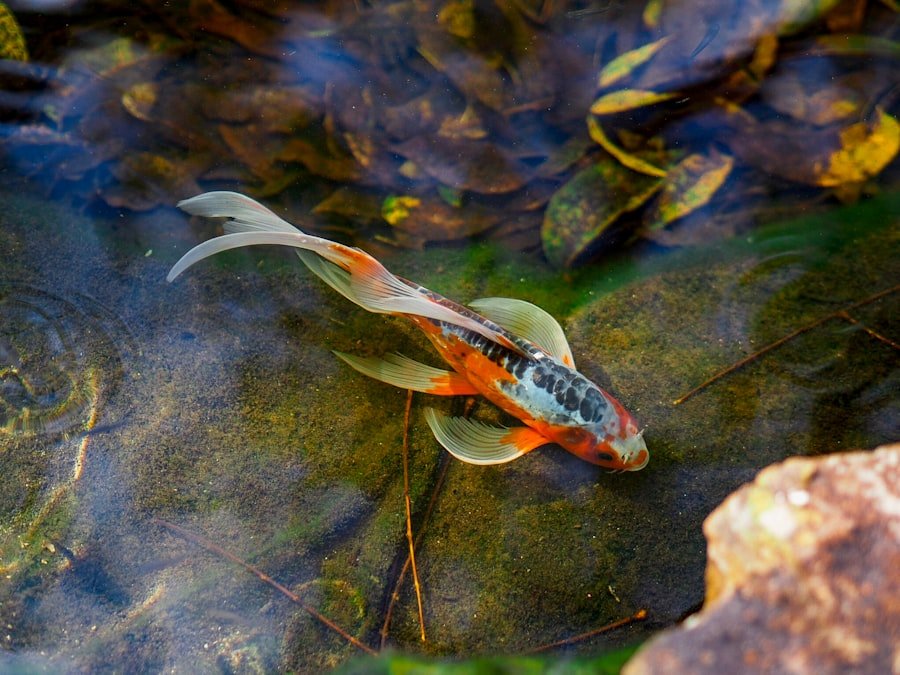
Caviar has long held a special place in culinary traditions around the world. In Russia, it is often served as a standalone dish, accompanied by blinis, sour cream, and chopped onions. In Iran, caviar is traditionally served with bread or rice and is often enjoyed as part of a larger meal.
In Western cuisine, caviar is often used as a garnish or accent to other dishes. It is commonly served on canapés or used to top seafood dishes such as oysters or smoked salmon. Caviar is also a popular ingredient in haute cuisine, where it is used to add a touch of luxury and elegance to dishes.
Beyond its culinary uses, caviar has also become a symbol of wealth and status. It is often associated with high-end events and luxury lifestyles. In popular culture, caviar is often depicted as the epitome of sophistication and refinement.
The Global Caviar Industry: Production, Trade, and Consumption
The global caviar industry is a multi-billion dollar business that spans across continents. The largest producers of caviar are Russia, Iran, and Azerbaijan, which together account for the majority of global caviar production. Other countries, such as the United States and China, have also emerged as significant players in the industry.
The demand for caviar is driven by both domestic consumption and international trade. Russia and Iran are the largest consumers of caviar, followed by the United States and Europe. However, caviar is also exported to countries around the world, including Japan, China, and the Middle East.
The trade of caviar is highly regulated to ensure sustainability and prevent illegal fishing. CITES has implemented a system of permits and certificates to track the origin and legality of caviar exports. This has helped to reduce illegal trade and protect endangered sturgeon species.
Caviar and Luxury: The High-End Market for this Exquisite Delight
Caviar has long been associated with luxury and opulence. Its rarity and high price tag make it a coveted delicacy among the elite. The luxury market for caviar is driven by high-end restaurants, hotels, and specialty food stores that cater to discerning customers.
To cater to this market, caviar producers often focus on quality and exclusivity. They carefully select sturgeon species that produce the finest eggs and use traditional methods of production to ensure the highest quality product. Caviar is often packaged in elegant tins or jars and marketed as a luxury item.
In recent years, there has been a growing trend towards sustainable luxury, with consumers seeking out products that are not only luxurious but also environmentally friendly. This has led to an increased demand for sustainably produced caviar, which is often marketed as a premium product.
Caviar Pairings: The Best Wines, Beverages, and Foods to Complement Fish Roe
When it comes to pairing caviar with other foods and beverages, there are a few general guidelines to follow. Caviar is best enjoyed on its own or with simple accompaniments that do not overpower its delicate flavors. Blinis, toast points, or thinly sliced bread are popular choices.
When it comes to beverages, champagne is the classic pairing for caviar. The effervescence and acidity of champagne help to cleanse the palate and enhance the flavors of the caviar. Vodka is another popular choice, as its clean and neutral flavors complement the richness of the caviar.
In terms of food pairings, caviar can be used to enhance a variety of dishes. It can be used as a garnish for seafood dishes such as oysters or smoked salmon, or added to pasta or risotto for a touch of luxury. Caviar can also be used to top deviled eggs or stuffed mushrooms for an elegant appetizer.
Caviar Recipes: Creative and Delicious Ways to Serve this Elegant Treat
While caviar is often enjoyed on its own or with simple accompaniments, it can also be incorporated into a variety of dishes for a touch of luxury. Here are a few creative recipes for serving caviar:
1. Caviar Deviled Eggs: Mix hard-boiled egg yolks with mayonnaise, Dijon mustard, and a touch of lemon juice. Pipe or spoon the mixture back into the egg whites and top with a dollop of caviar.
2. Caviar Pasta: Cook your favorite pasta according to package instructions. Toss with olive oil, lemon zest, and chopped fresh herbs such as dill or chives. Top with a spoonful of caviar before serving.
3. Caviar Blinis: Make a batch of blinis using your favorite recipe or store-bought mix. Top each blini with a dollop of crème fraîche or sour cream and a spoonful of caviar.
4. Caviar Stuffed Mushrooms: Remove the stems from button mushrooms and fill the caps with a mixture of cream cheese, chopped fresh herbs, and a touch of garlic. Bake in the oven until the mushrooms are tender and the filling is golden. Top with a spoonful of caviar before serving.
These are just a few examples of the many ways you can incorporate caviar into your cooking. Whether enjoyed on its own or used to enhance other dishes, caviar is sure to add a touch of elegance and luxury to any meal.
If you’re interested in exploring more fascinating articles, you might want to check out this intriguing piece on the delicate delicacy of fish roe. Discover the secrets behind the culinary world’s obsession with these tiny, flavorful orbs and learn about the different types of fish roe that are highly sought after. To delve deeper into this topic, click here: Fish Roe: The Jewels of the Sea.






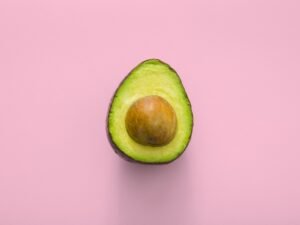


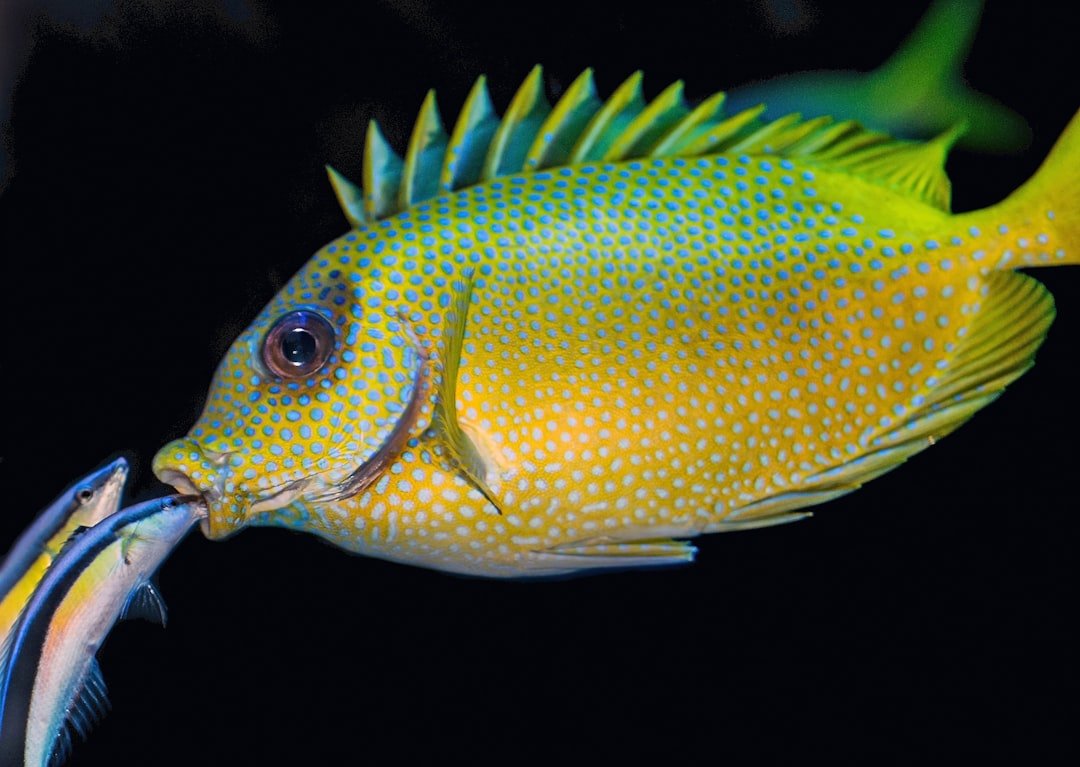







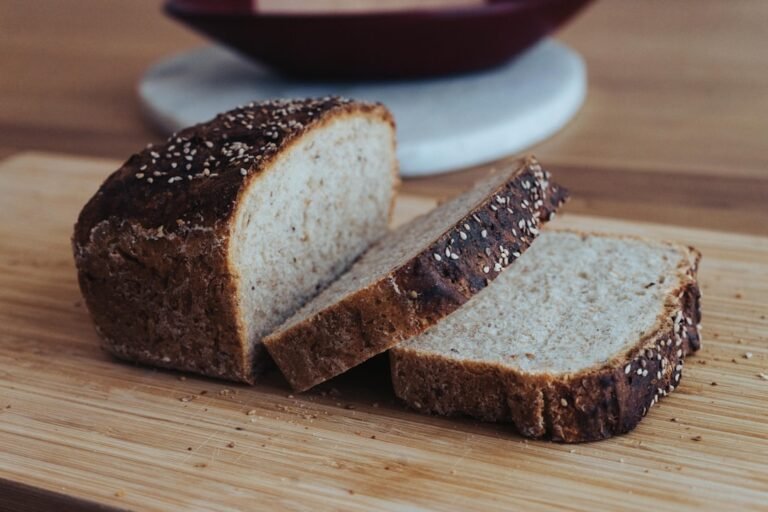
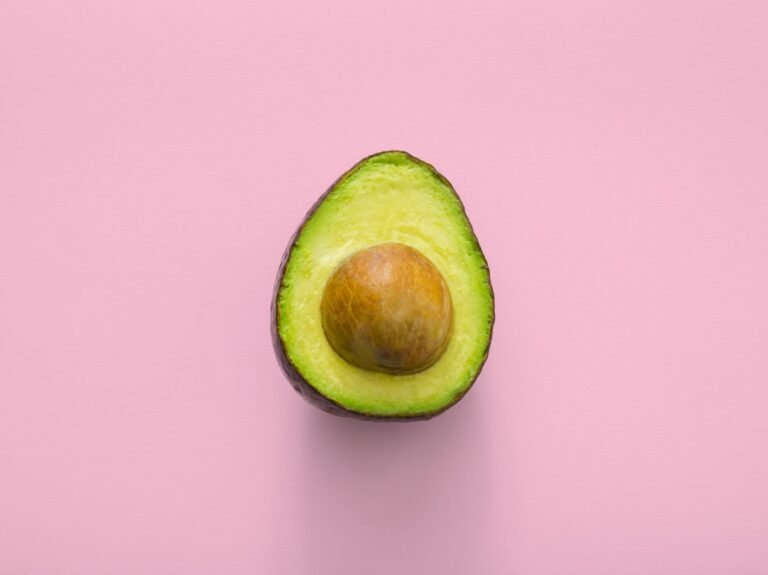

+ There are no comments
Add yours